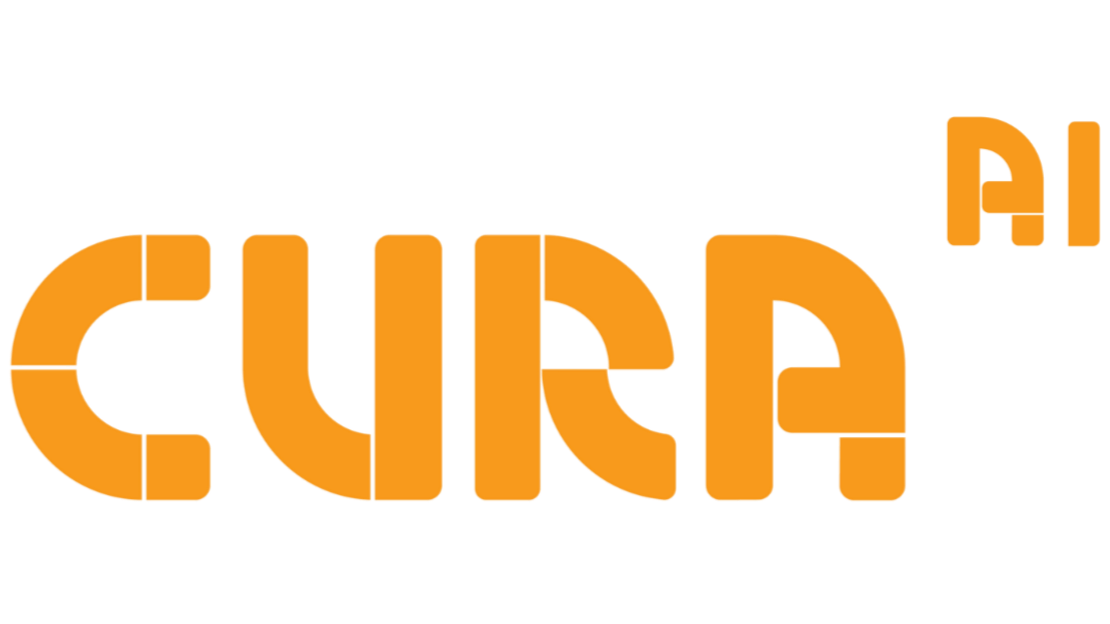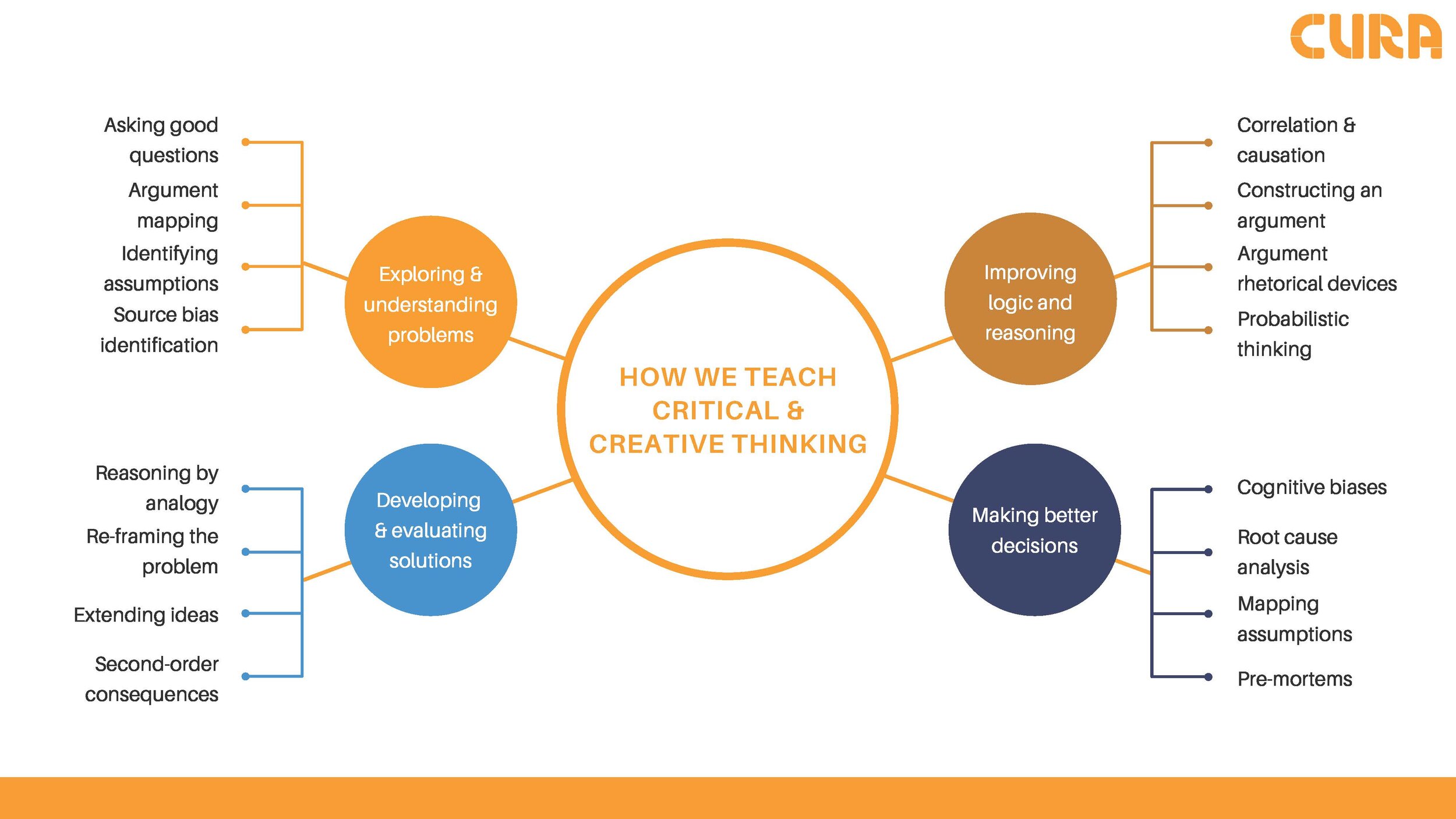Our roadmap for teaching critical & creative thinking
One of the consistent themes we come back to again and again in the Curations newsletter is the importance of teaching and developing students’ thinking and interpersonal skills.
These are widely recognised as being the knowledge that students need to possess after completing their education and, should they have developed them, they will be better able to navigate a complex and rapidly-changing world.
We’ve previously introduced our framework for collaboration which underpins all of our PBL units. We’re now equally excited to introduce to you our second skills framework for helping students become critical and creative thinkers.
Critical & creative thinking
If collaboration is the superpower that helps students get the most out of themselves and others, critical and creative thinking provide the foundational mental frameworks from which everything flows. A clear and critical thinker can systematically use logic and reason to break down problems, evaluate solutions, and inform their interactions with others. And a creative thinker can find new ways to solve problems or resolve interpersonal disputes.
We are also firm believers in the importance of these skills for a more immediate and pragmatic reason; our experience is that they are crucial to a student being able to navigate a PBL unit successfully. When we ask students to solve real-world problems and use what they have learned to develop innovative solutions, it is easy to forget that we are asking them to demonstrate extremely complex skills. Problem-solving and creative ‘imagineering’ are challenging higher-order thinking skills that most adults struggle with. When we ask students to tackle seemingly-intractable problems and create their own novel solutions, but don’t spend time teaching them how to do this, we are not setting them up for success.
We want to change this. Our mission is to help build a generation of changemakers who have the tools to make a difference in and make their mark on their communities and the world around them. We are therefore spending a lot of time thinking about the best way to teach, test, and assess these skills across our projects, and how to help you do the same in your classrooms.
The toolkit
In Cura’s creative and critical thinking toolkit, we have built a curriculum to help students develop the skills necessary to gather evidence, break down and analyse problems, develop solution ideas, and evaluate those solution ideas for suitability.
For every category within our critical & creative thinking toolkit, we have built out explicit tasks which integrate and require the use of different skills across our projects. We’ve also created ‘skill builder’ tasks to help teachers explicitly teach that skill and allow students to practice applying it before they use it in the project. These skills can be taught in a sequential fashion across multiple years and multiple projects so that a student is exposed to and consolidates their understanding and ability to demonstrate each skill. We’ve also created rubrics to help assess and monitor the development of these skills on a longitudinal basis.
The skills from this toolkit are being increasingly built into all of Cura’s units. But, just as we’ve done over the last few months with our series on how to teach collaboration through PBL, we’ll be previewing the toolkit and sharing some of the tasks with you over the next few editions of the Curations newsletter. This month, we’re starting with one of the most foundational critical thinking skillsets of all – how to create good inquiry questions.
We’re excited for you to use this toolkit. We hope you love it.
Do you know an educator who is interested in learning more about how to build critical & creative thinking skills in students? If so, please share this article with them!
If you are passionate about teaching critical & creative thinking and want to learn more, get in touch with us at hello@curaeducation.com. We’re always happy to exchange ideas with our PBL community!

